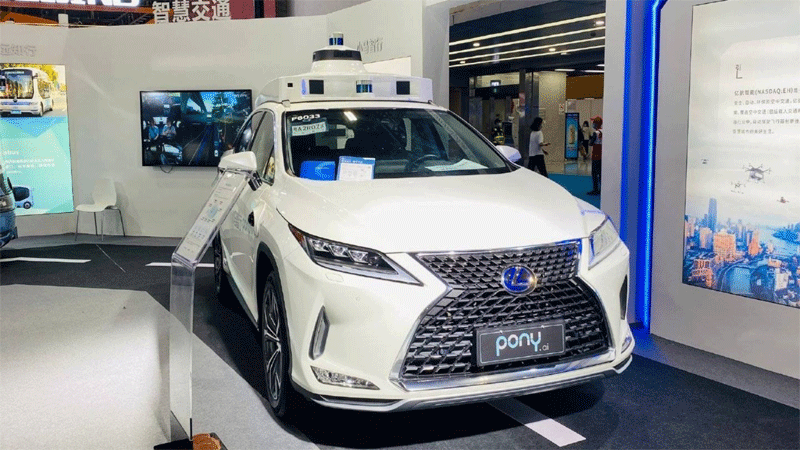Allride.ai, one of China’s most watched startups in the self-driving technology space, aims to lower the cost of autonomous vehicles by relocating sensors from the car to the environment.

Allride.ai, one of China’s most watched startups in the self-driving technology space, aims to lower the cost of autonomous vehicles by relocating sensors from the car to the environment.
In order to control the vehicle, Allride.ai has created a system that gathers this information from various locations along the road and analyses it using cloud-based artificial intelligence.
The objective is to reduce costs, which is one of the biggest obstacles to the widespread use of autonomous vehicles. According to estimates by CITIC Securities, a typical self-driving car costs about 500,000 yuan (roughly $72,600), which is five times more than a conventional taxi.
Executive Guo Xiaodong stated that Allride’s system makes use of pillars set up at intervals of about 300 metres on roads in the self-driving service area and outfitted with millimeter-wave laser radar, high-definition cameras, and 5G transmitters, rather than carrying lidar and cameras on board.
They keep an eye on bikes, cars, pedestrians, and other obstacles around the clock and use fiber-optic cables to send the data they collect to the cloud AI.
According to the company, Allride’s cloud AI system helps eliminate blind spots in comparison to current self-driving technology, which moves each vehicle autonomously.
The startup intends to first use the technology in real-world applications on buses and other vehicles with fixed routes. It has started conducting field tests on buses and taxis in Suzhou, a city located just west of Shanghai.
The technology used by Allride “is made more affordable by both reducing the number of in-vehicle sensors and using simpler ones,” according to Ryoichi Shinkuma, professor at the Shibaura Institute of Technology in Tokyo. With the exception of a small antenna on the roof, the company’s cars resemble conventional cars.
In a report released in 2020 by the Shanghai Municipal Transportation Commission, their disengagement rate—a metric used to determine how frequently an autonomous vehicle switches to manual control—was eight times per 100 kilometres.
That rate is lower than the average rate for 15 companies that tested self-driving cars in Shanghai, which was 11.9 times, even though a direct comparison is impossible due to variations in speed and road conditions. The rate was 26.8 times higher at Didi, the world’s largest ride-hailing company.
Allride claims that for roughly the same price as a Level 3 vehicle, which can perform the majority of tasks but still needs human assistance, it will be possible to achieve Level 4 autonomous driving, in which a vehicle can perform all tasks without driver assistance under specific circumstances.
There are still technical issues to be resolved, such as how to handle communication interruptions. Another barrier is the significant financial outlay required to install lidar and camera equipment on roads. A single sensor, according to Guo, costs between 30,000 and 60,000 yuan.
China’s DJI, the world’s top manufacturer of aerial drones, is one of the businesses pursuing low-cost autonomous driving technology. The business revealed plans in April for technologies that would aid with parking and driving based on a simple camera design.
The U.S. and Chinese companies have taken the lead in the race to develop self-driving vehicles. In public road tests conducted in California in 2022, the U.S. accounted for five of the top 10 companies by mileage, followed by China with four companies. Pony.ai, WeRide, and Woven Planet Holdings were the highest-ranking Chinese companies.
However, commercialization of Level 4 self-driving is slow due to safety concerns, complexity of the technology involved, and high costs. This has raised doubts over China’s goal of raising its ratio of Level 4-capable vehicles to 20% of new vehicle sales by 2030.